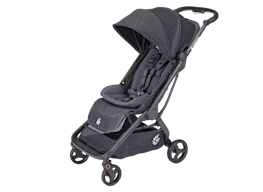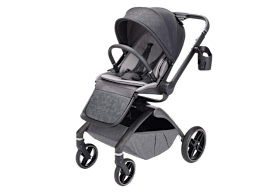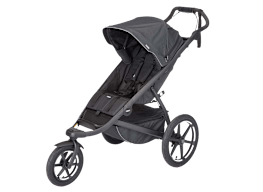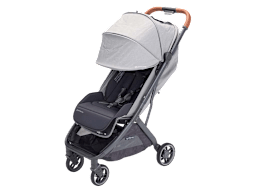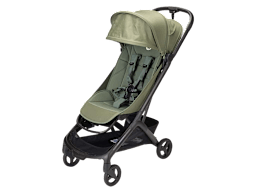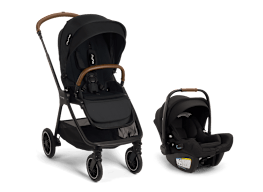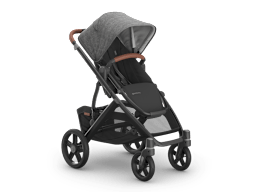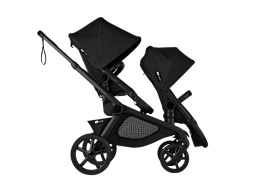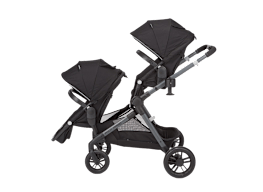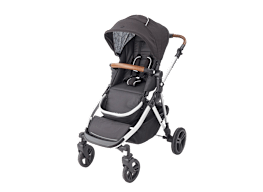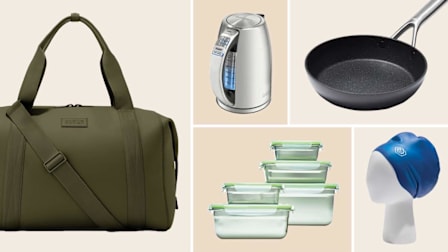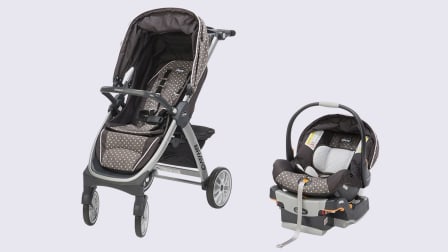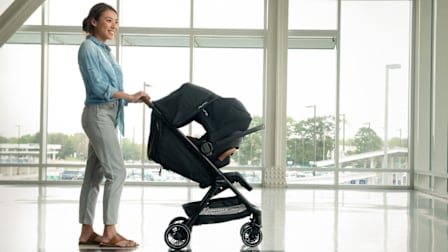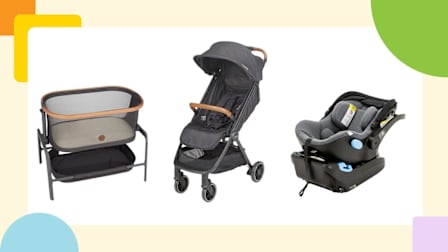Best Stroller Wagons of 2025
These models offer smooth rides, easy storage, and extra space for any kid-filled adventure
When you shop through retailer links on our site, we may earn affiliate commissions. 100% of the fees we collect are used to support our nonprofit mission. Learn more.
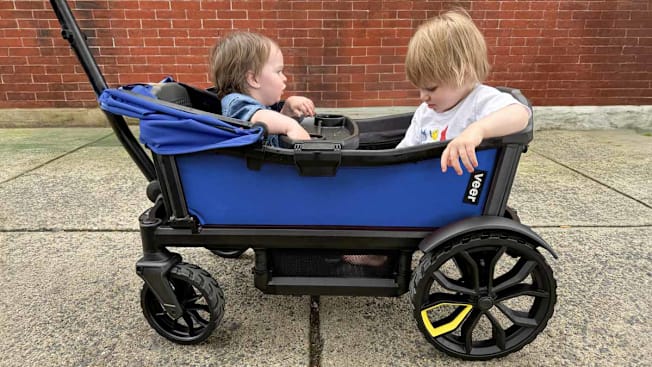
In addition to the invisible load of parenting, there’s a quite physical one as well—hauling toddlers around the zoo, up hills to preschool, to the beach or lake, and through busy shopping centers, fairs, and parks. Stroller wagons are on the rise as a potential solution to carrying this load—in fact, projections from Market Report Analytics show that the stroller wagon market could exceed $1.8 billion in the next five years, with individual sales reaching 5.5 million. Stroller wagons fulfill a specific need during the little-kid years—with space for multiple toddlers, a well-packed diaper bag, and the ever-elusive sippy cups—while also doubling as a highly versatile item well into the big-kid years, carrying baseball equipment and much-needed iced coffees to an older kid’s game day.
Shopping for a stroller wagon involves narrowing down how you want to use it and examining safety features for common concerns.
What to Look for in a Stroller Wagon
Nancy Cowles, child product safety expert and former executive director of the nonprofit Kids in Danger, recommends testing out a few stroller wagons in person first for balance and maneuverability—you can try a local retailer that carries them, or ask your parent friends to let you give theirs a spin to compare. She says getting a feel for the balance of the wagon is important to ensure it isn’t at risk of tipping when you turn. “Never exceed the manufacturer’s recommended load,” she says. “Check that the restraints are easy to use, that it appears balanced when turning, and that the sides contain the child (or children) easily.” Cowles also recommends looking closely at parts of the stroller wagon your child might be able to reach while they’re riding inside: “Examine the wagon when set up to avoid any pinch points where a child can get a hand near or on a moving part that might create a hazard.”

















